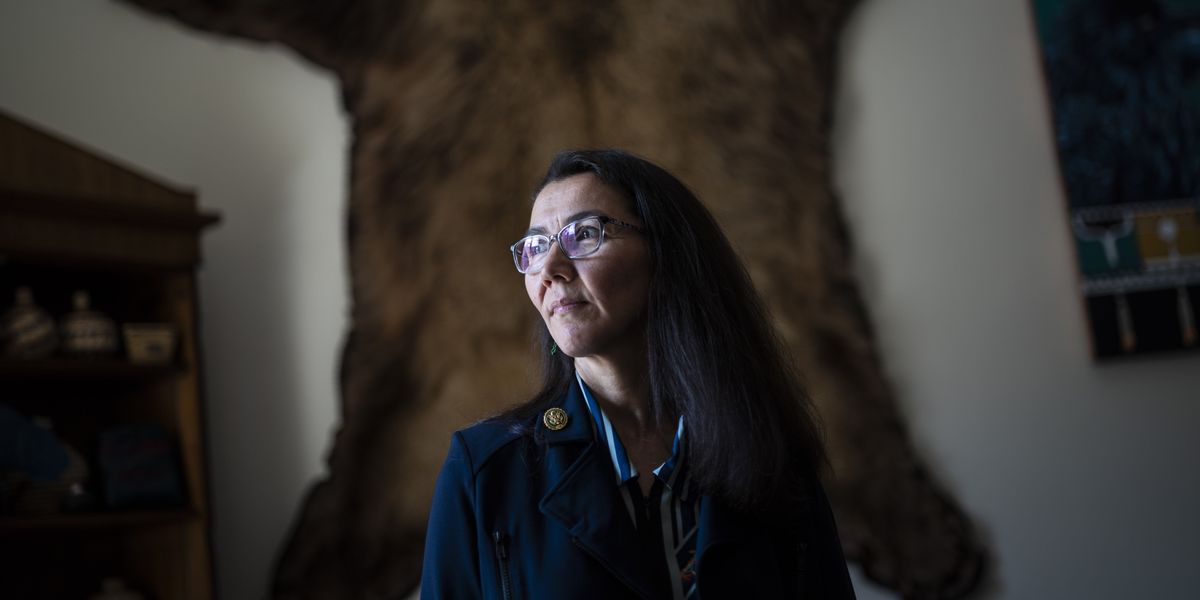| John E. Palmer | The Fulcrum |
Fortunately, there is a novel solution to lessen the Grand Canyon of space between our two polarized parties. Alaska’s system – passed by a ballot initiative in 2020 – features nonpartisan primaries and instant-runoff general elections, and it marks a first in American elections. All candidates for state and federal office appear on the same nonpartisan ballot, regardless of party. The top four vote-getters advance to the general election, where ranked-choice voting determines the winner.
The results from the model’s 2022 debut were encouraging. The nationally newsworthy winners were Republican Sen. Lisa Murkowski, whom former President Donald Trump vocally tried to have challenged in the primary, and Democratic Rep. Mary Peltola. Both are considered centrists and prevailed over the more extreme candidates who likely would have won in the old system.
”Less-polarized lawmakers
What happened once these legislators elected arrived in Juneau and Washington, D.C., is even more important: They no longer were looking over their shoulder at the prospect of primary challenges. Knowing they would face all voters in their next primary – not just the most devout partisans – they knew they needed to answer the question “How are you serving your district?” rather than “Are you keeping party bosses happy?”
Other states are taking notice of Alaska’s innovation. Nevada has taken the first step to copy Alaska’s approach, passing in 2022 a “Final Five Voting” initiative. (It needs to pass again in 2024 to comply with Nevada’s constitutional rules.) And in Colorado, businessman-turned-reformer Kent Thiry has just announced he will lead an effort to put a referendum similar to Alaska’s on the ballot. Credible nonpartisan primary reform efforts are also under way in Arizona, Idaho and Wisconsin.
The hope among those of us supporting primary reform is that Alaska’s new system will continue to produce less-polarized lawmakers who will in turn be able to work together more effectively to advance public policy. There’s also hope that it levels the playing field for those running from outside the two major parties. While it’s early yet to assess the impact of a voting innovation in one thinly populated state, we can scarcely do worse than the gridlocked insanity of the status quo in Washington. Isn’t it time we shake things up in the Lower 48 as well?
Palmer is chairman of Rank the Vote and a member of the board of the National Association of Nonpartisan Reformers.






